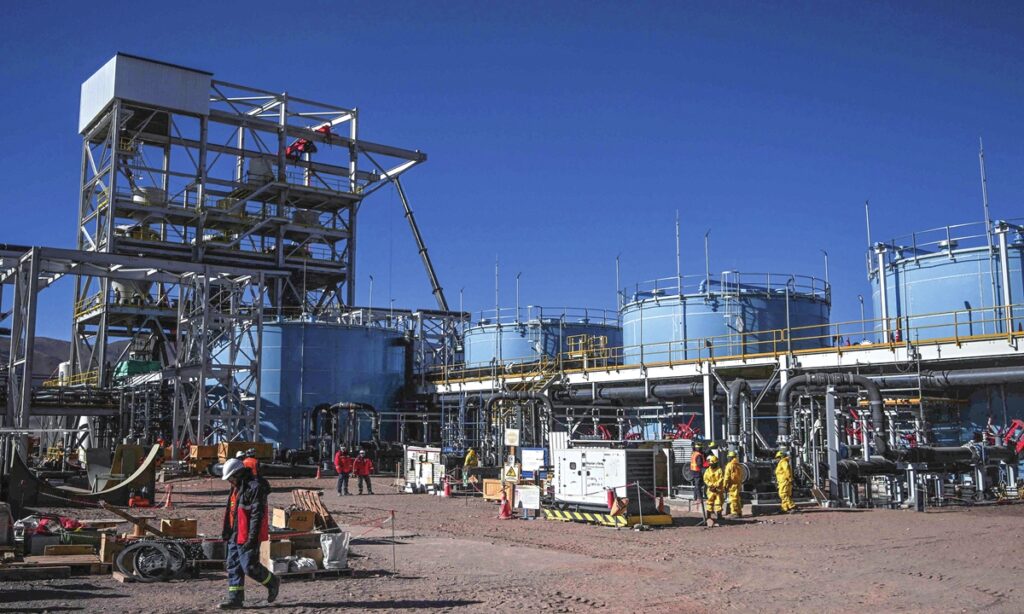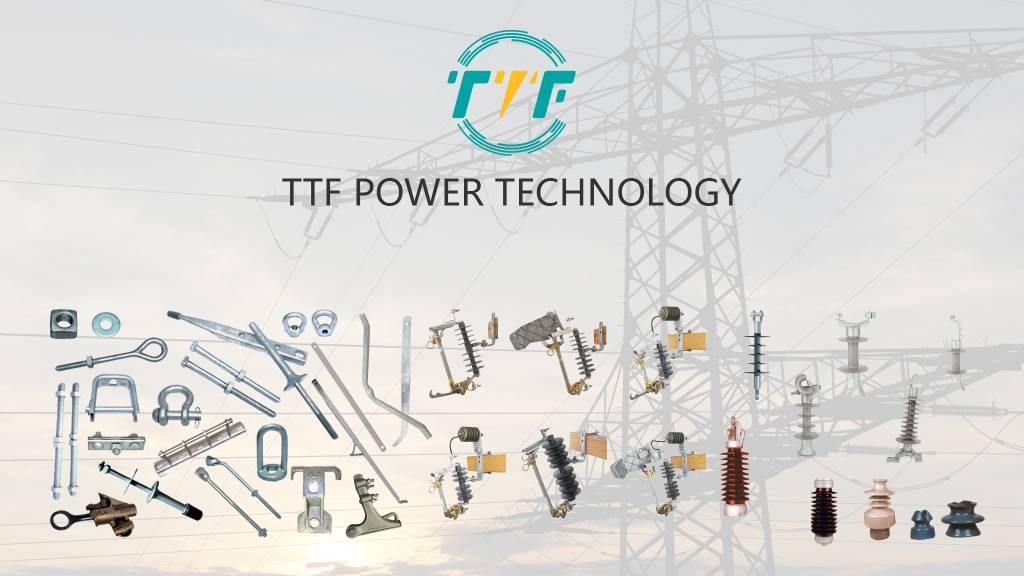
Argentina is emerging as a global lithium powerhouse with goals to scale up production by 75% by 2025. It aims to reshape the landscape of clean mobility, renewable energy, and energy storage systems. The increased production of lithium will lead to the demand for electric vehicles and grid-scale batteries. Argentina’s lithium could lower battery costs, increase EV adoption, and secure supply chains for the transport industry. With the transition towards clean energy, lithium could aid in wind and solar energy integration. It is crucial in the development of battery energy storage systems due to their intermittent nature. Large-scale energy storage systems stabilize renewable-powered grids that power lithium extraction. Scaling up lithium production enables off-grid renewable projects in remote areas. It also promotes hybrid solar-battery solutions. Using distribution arresters ensures a stable electricity supply to lithium mining and refining operations.
Lithium mines are often located in arid, high-altitude regions prone to lightning strikes and voltage surges. Distribution arresters prevent damage to transformers, substations, and transmission lines. The arresters suppress voltage spikes caused by switching operations or faults to maintain uninterrupted electricity flow. Remote lithium sites often rely on isolated microgrids. Surge arresters safeguard the systems from transient overvoltages to ensure continuous power for extraction and refining. Lithium plants use corrosive chemicals where electrical faults could trigger hazardous incidents. Surge protection reduces fire and explosion risks. They could also help ensure the sensitive electronics are protected from power disturbances.
Opportunities for Argentina’s lithium production in the energy sector
Argentina’s lithium reserves position it as a global leader in energy transition. It provides opportunities to boost renewable energy adoption, electric vehicle production, and grid storage solutions. Argentina can leverage its lithium boom through strengthening the global battery and EV supply chain and enabling grid storage. It is also crucial for advancing energy transition, and expanding job creation and industrial growth. However, this development may face challenges involving environmental risks, social risks, and the need for policy and infrastructure. Argentina’s lithium reserves provide a chance to fuel global energy transition, build a clean domestic clean energy economy, and position itself as a renewable energy leader in South America. Distribution arresters play a crucial role in reliable, efficient lithium production. They do so by preventing power disruptions, protecting renewable energy systems, and reducing downtime.
Boosting Argentina’s lithium production via distribution arresters
Distribution arresters are crucial in enhancing the reliability and safety of Argentina’s electrical infrastructure. They are vital components for protecting power distribution systems from voltage surges. Distribution arresters are installed on electrical power systems to divert overvoltage transients safely to the ground. Here are the roles of distribution arresters in boosting Argentina’s lithium production.

- Protecting remote power networks—distribution arresters protect transformers, substations, and equipment powering lithium brine pumps, processing plants, and lab facilities.
- Grid reliability—lithium extraction is an energy-intensive and time-sensitive process. It involves brine pumping and evaporation, chemical refining into battery-grade lithium carbonate, and temperature-controlled storage and transport. Distribution arresters ensure consistent energy delivery to keep operations efficient and on schedule.
- Renewable energy integration—wind and solar energy help to power most lithium projects in Argentina. Distribution arresters balance intermittent power feeds, shield equipment from inverter-related transients, and ensure clean handoffs between renewable sources.
- Reducing maintenance costs—distribution arresters extend the lifespan of electrical infrastructure, reduce unplanned maintenance, and lower operational costs.
Investments boosting Argentina’s lithium production
There are major investments aimed at increasing lithium production by 75% in 2025. Most of this funding is from China, which helps develop lithium projects. The success of these projects depends on balancing the speed with sustainability, adding local battery manufacturing, and navigating trade dynamics. The following are the key funding and projects fueling the expansion.

- Foreign direct investment—there are key players funding the expansion of Argentina’s lithium industry. These include Chinese companies, North American & Australian firms, and European participation.
- Government incentives—this includes tax stability for 30 years, VAT refunds, and duty-free imports. Argentina is negotiating Inflation Reduction Act compliance to access U.S. EV subsidies.
- Infrastructure and energy investments—renewable energy for mining powers lithium plants to cut emissions. Desalination plants and pipelines mitigate brine extraction’s environmental impact.
- Emerging technologies—companies like Lilac Solutions (U.S.) are piloting direct lithium extraction to boost efficiency. There are also talks with CATL and Tesla for local cathode production.